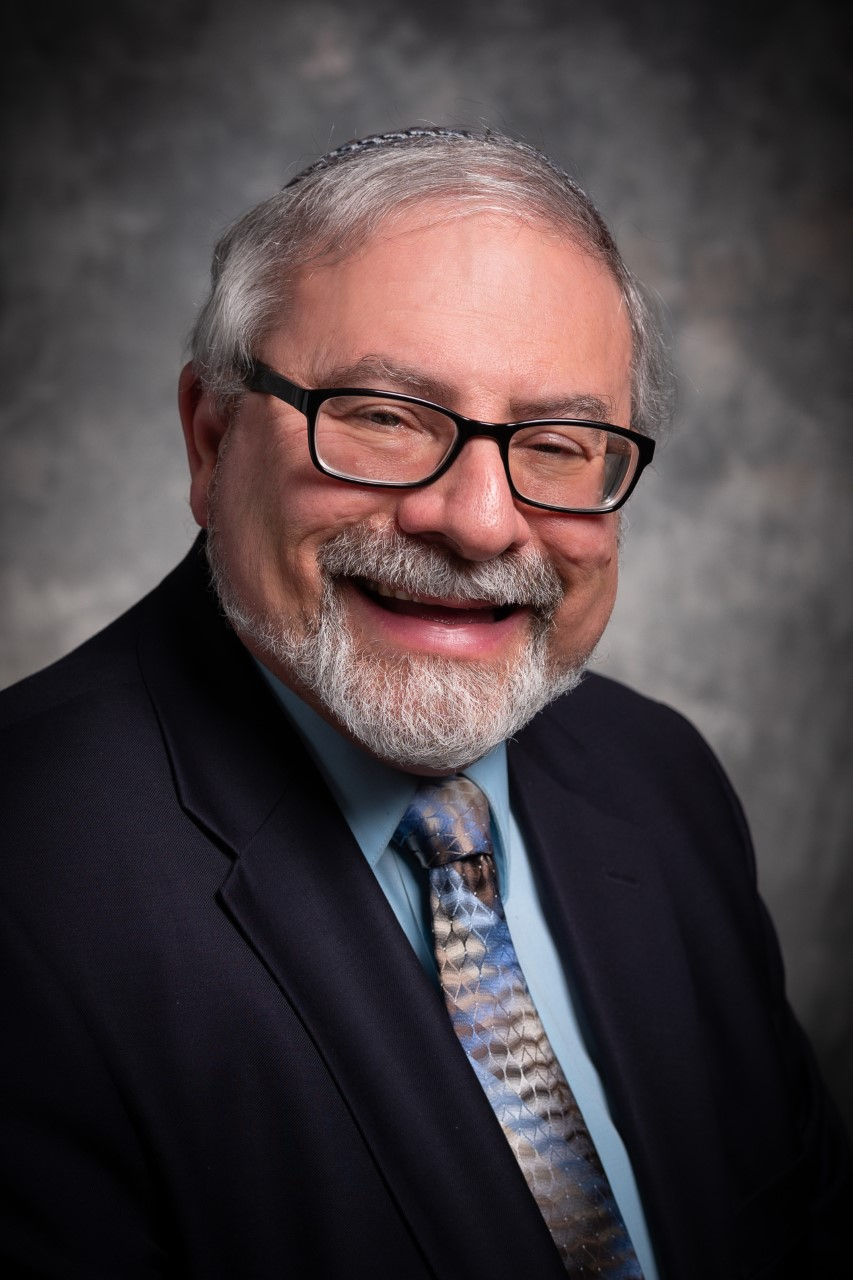Of Trees, Water and Torah
- Rabbi Dr. Joseph S. Ozarowski

- Jan 16, 2024
- 2 min read
Torah Thoughts on Parshas Beshalach by Dr. Joseph S. Ozarowski
ז"ל Dedicated to the memory of my beloved son-in-law Yosef Newman
"וַיִצְעַק אֶל ה' וַיוֹרֵהוּ ה' עֵץ וַיַשְׁלֵךְ אֶל הַמַיִם וַיִמְתְּקוּ הַמָיִם שָׁם שָׂם לוֹ חֹק וּמִשְׁפָּט וְשָׁם נִסָהוּ" שְׁמוֹת ט''ו:כ''ה
"And he (Moshe) cried to God; and God showed him a tree, and he threw it into the waters, and the waters were sweetened. There He made for them a law and ordinance, and there He tested them.” Shemos 15:25
Parshas BeShalach this year, as it does frequently, falls out close to Tu B'Shevat. Our Sidra refers to water and trees in a passage relating to a water shortage.
Shemos 15 tells how our ancestors grew thirsty after leaving Egypt. The waters in the desert were simply unfit to drink. However, the solution to this dilemma, as stated in Verse 25, leaves us with more questions than answers. Did Hashem have to show Moshe a tree? In a desert are trees not obvious? How did the tree treat the poisoned waters?
Targum Yonasan (echoed in Sanhedrin 56b) tells us that the law referred to in this verse consisted of three mitzvos given at that time - Shabbos, Kibud Av, and Dinim (civil law). Ramban further explains the "test" as a check whether the Jewish people could accept the notion of mitzvos with simchah and good heartedness. Most importantly, Kli Yakar notes that the tree symbolizes Torah, the Etz Chayim. Further, he explains the word "וַיוֹרֵהוּ" as "and He taught". (If the word meant "showed", it would have an extra aleph and read וַיַרְאֵהוּ). Thus, Hashem “teaches” Moshe and our people a tree of Torah.
We can extend the analogy one step further. The three categories of mitzvos taught at Marah relate to three broad categories in Jewish life: Shabbos, the microcosm for ceremonial, celebratory and ritual laws; Kibud Av, areas of Jewish family life; and Dinim, the basis of the Torah's societal guidelines.
According to Kli Yakar, Hashem uses psychodrama to teach our ancestors the healing meaning of Torah. The entire incident can be viewed as a graphic way to teach the lesson of structure to a group of freed slaves. In freedom, the waters of life are often undrinkable and bitter. They need the matrix of Torah, symbolized by the tree, to be sweetened.
The lesson speaks to us as well. Sometimes life around us seems bitter. Our situations often lead to questions, doubts, pain or bewilderment. The structure of Torah and mitzvos can be seen as a means to supporting us through difficulties. The test is to accept the system gladly.

Rabbi Dr. Joseph S. Ozarowski (FYHS 1970) received HTC Semicha in 1977. He received a B.A. from Loyola Univ. Chicago & his doctorate from Lancaster (PA) Theological Seminary. He serves as Rabbinic Counselor & Chaplain for JCFS Chicago and is President of Neshama: Assoc. of Jewish Chaplains (NAJC). He has previously led congregations in PA, CA, NY and MN. He is the author of “To Walk in God’s Ways - Jewish Pastoral Perspectives on Illness and Bereavement”. Rabbi Dr. Ozarowski and his family live in Skokie.




Comments